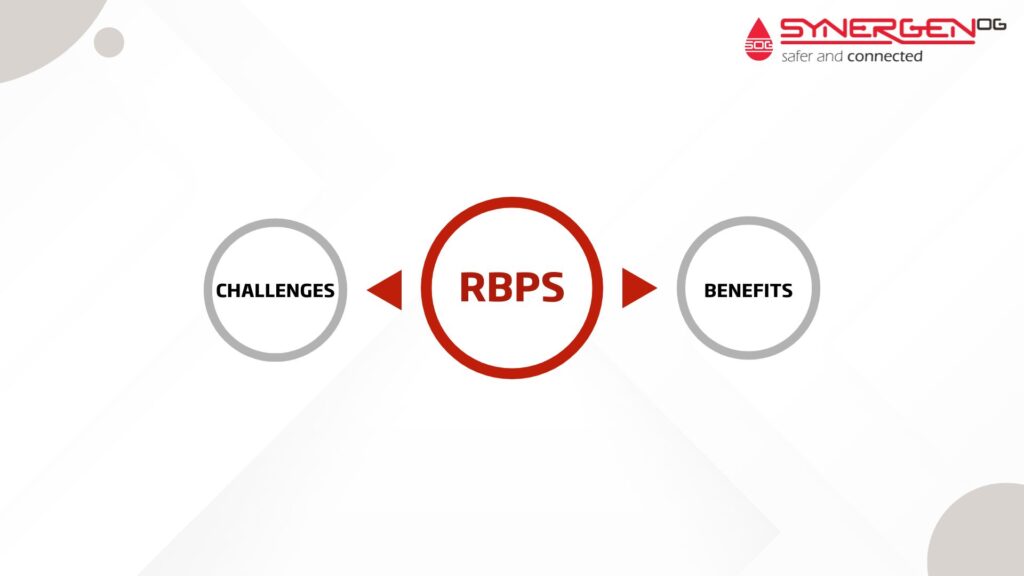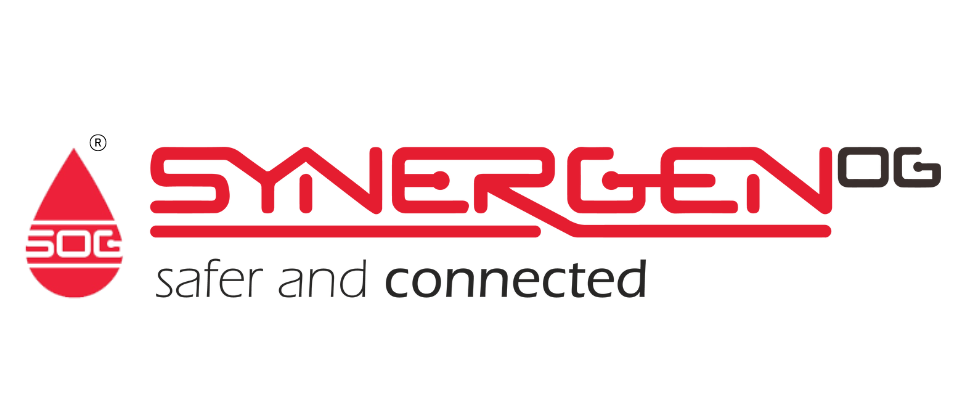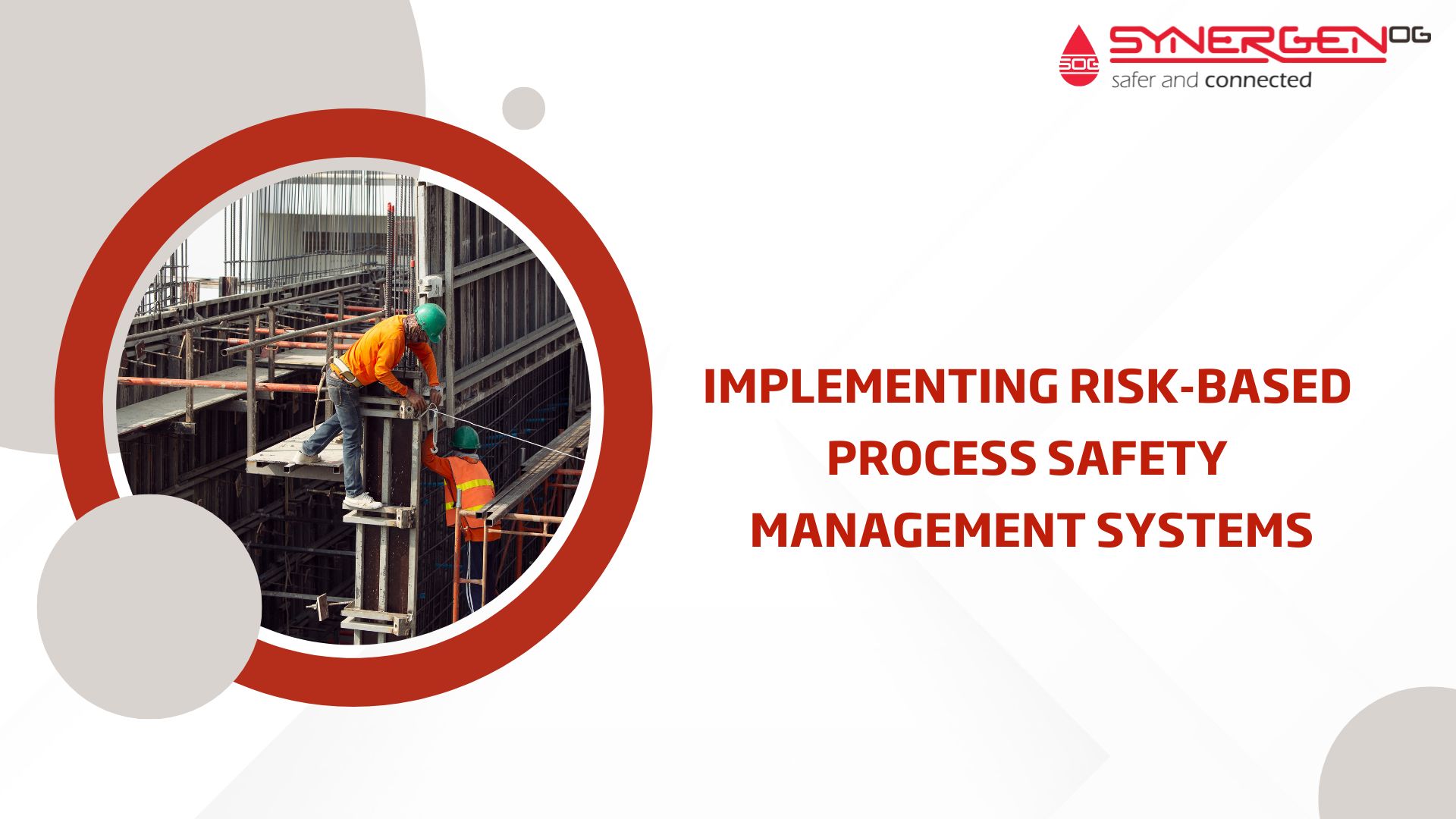Picture this: a company that ignores safety regulations. What might start as a minor oversight could quickly spiral into a catastrophic disaster, impacting everyone and everything involved? Are you curious to know what kind of chaos could ensue?
That’s why a risk-based process safety management system is critical for any organisation dealing with hazardous chemicals or processes. In this article, we’ll discuss what RBPS is, how to implement it, and the benefits and challenges it brings.
What is Risk-Based Process Safety Management?
Risk-Based Process Safety Management (RBPS) is a systematic approach to identifying, evaluating, and managing process safety risks in any industry that handles hazardous materials.
RBPS incorporates a framework of 20 elements which include process safety culture, hazard identification and risk assessment, operational controls, incident investigation and many more. The main aim of RBPS is to prevent process safety incidents, by identifying and addressing the risk at the earliest stage before any loss or harm can occur.
The Elements of Risk-Based Process Safety Management
To implement an effective RBPS, companies need to understand the essential elements that make up the framework. According to the Center for Chemical Process Safety (CCPS), the elements of RBPS include understanding hazards and risk, management of risk, operational learning, and assurance of management system integrity.
Each element has specific sub-elements that companies need to consider when implementing RBPS.
- Understanding hazards and risk involves identifying hazards, assessing risk, and managing the risk.
- Management of risk involves developing procedures, implementing safeguards, and providing training to employees.
- Operational learning involves analysing incidents, tracking performance, and communicating lessons learned.
- Assurance of management system integrity involves auditing the system, reviewing performance indicators, and verifying compliance.
Guidelines for Implementing RBPS
To implement RBPS, companies need to follow specific guidelines to ensure that the system is effective. The CCPS (Center for Chemical Process Safety) has developed guidelines for implementing RBPS. Here are some key elements of these guidelines:
Understand the hazards:
The first step in implementing RBPS is to identify the hazards that could potentially cause harm. Companies need to assess the hazards associated with their processes, equipment, and facilities to ensure that they are aware of the risks.
Establish a safety culture:
Companies need to establish a strong safety culture where employees are aware of the importance of safety and are actively engaged in the RBPS process. This involves providing training to employees, creating a reporting culture where incidents are reported and investigated, and ensuring that management is committed to safety.
Implement risk assessment and management:
Companies need to conduct risk assessments to identify potential hazards and risks associated with their processes. They should then develop strategies to manage and control these risks, which may include implementing engineering controls, administrative controls, and personal protective equipment.
Ensure effective communication:
Effective communication is essential to the success of RBPS. Companies need to ensure that all employees are aware of the potential hazards and risks associated with their work, and the measures that are in place to manage these risks. They should also establish channels for employees to report incidents or near-misses.
Provide ongoing monitoring and evaluation:
RBPS is an ongoing process that requires continuous monitoring and evaluation. Companies need to establish metrics to measure the effectiveness of their RBPS program and regularly review and evaluate their processes to identify areas for improvement.
By following these guidelines, companies can establish an effective RBPS program that helps them to identify and manage potential hazards, reduce the risk of incidents and injuries, and improve overall safety in the workplace.
How Do You Implement Risk-Based Process Safety Management? The Challenges

Implementing a risk-based process safety management system can be a daunting task, as it requires a considerable amount of planning, resources and effort. Here are some of the challenges that organisations might face while implementing RBPS:
1) Complexity:
One of the primary challenges is the complexity of the process. Implementing RBPS involves a detailed understanding of the organisation’s processes, risks, and the ability to implement the 20 RBPS elements effectively.
The process is extensive and requires a thorough understanding of various disciplines, including engineering, operations, and safety.
2) Resistance to Change:
People are resistant to change, and this is no different in organisations. Implementing RBPS requires a change in the way of working, and people might not be willing to change their current processes, leading to resistance.
To overcome this challenge, companies need to provide proper training and support to the employees involved in implementing the RBPS system.
3) Risk Assessment Accuracy:
RBPS relies on accurate identification and assessment of risks. Any inaccuracies in risk identification or assessment can lead to ineffective controls, making the system inadequate.
Therefore, it is crucial to ensure that the risk assessment process is reliable, and the data used for risk identification is accurate.
4) Resource Allocation:
Implementing RBPS requires a significant amount of resources, including time, money, and personnel. Organisations need to ensure that sufficient resources are allocated to this system for it to be effective.
This includes hiring qualified personnel, providing training, and ensuring that the necessary tools and equipment are available.
5) Integration with Existing Systems:
RBPS is a system that needs to integrate with existing management systems, such as Quality Management Systems (QMS) and Environmental Management Systems (EMS). Integrating these systems is essential for the efficient operation of RBPS.
However, this can be challenging, as it requires a proper understanding of how these systems work and the ability to align them with the RBPS elements.
6) Regulatory Compliance:
Regulatory compliance is essential for any organisation dealing with hazardous materials. RBPS must comply with all relevant regulations, and failing to do so can result in legal penalties.
It is essential to stay up-to-date with the latest regulations and ensure that the RBPS system is compliant.
7) Maintaining the System:
Maintaining RBPS is an ongoing process. Organisations need to ensure that RBPS remains effective, relevant, and up to date by continuously monitoring the system and making improvements where necessary.
This requires resources and a commitment to making the necessary changes to the system. It can be challenging to maintain the system while also dealing with day-to-day operations.
Implementing a Risk-Based Process Safety (RBPS) system can be a challenging task that requires a significant investment of effort and resources. Organisations must be prepared to face these challenges and demonstrate a strong commitment to continually improving the system to ensure its long-term success.
Benefits of Risk-Based Process Safety Management
Though there are challenges, implementing RBPS has significant benefits, including:
1) Prevention of Loss and Harm
RBPS aims to prevent process safety incidents, which can lead to loss of life, harm to the environment, and business disruptions. This makes it a critical system for organisations to implement.
2) Improved Decision-Making
RBPS offers a systematic method to identify and evaluate process safety risks, enabling organizations to make informed decisions that reduce risks and enhance safety.
3) Effective Resource Utilisation
By identifying and evaluating process safety risks, organisations can prioritise resource allocation to areas that require it the most, improving the overall effectiveness of resource utilisation.
4) Comparatively Simple
RBPS is a straightforward system that is easier to implement than other process safety management frameworks making it an attractive option for organisations that have limited resources or are new to process safety management.
5) Reduces Costs
RBPS helps organisations identify and address process safety risks, reducing the likelihood of process safety incidents which results in cost savings for organisations, and reducing the likelihood of business disruption or legal penalties.
Bottomline
In today’s world, process safety management is not an option but a necessity. Organisations need to ensure that they are not only complying with regulations but are also making every effort to protect their employees, the environment and the business. RBPS is an excellent option for organisations seeking a more straightforward and effective way to manage process safety risks.
Therefore, it is recommended that companies implement RBPS to ensure that they are managing their risks effectively. With the appropriate allocation of resources and commitment from leadership and employees, the benefits of RBPS outweigh the challenges. Companies can significantly reduce the likelihood of process safety incidents and protect their employees, the environment and the business as a whole.


[…] Read more on Risk Based PSM – https://synergenog.com/implementing-risk-based-process-safety-management-system/ […]
[…] Read more on Risk Based PSM – https://synergenog.com/implementing-risk-based-process-safety-management-system/ […]